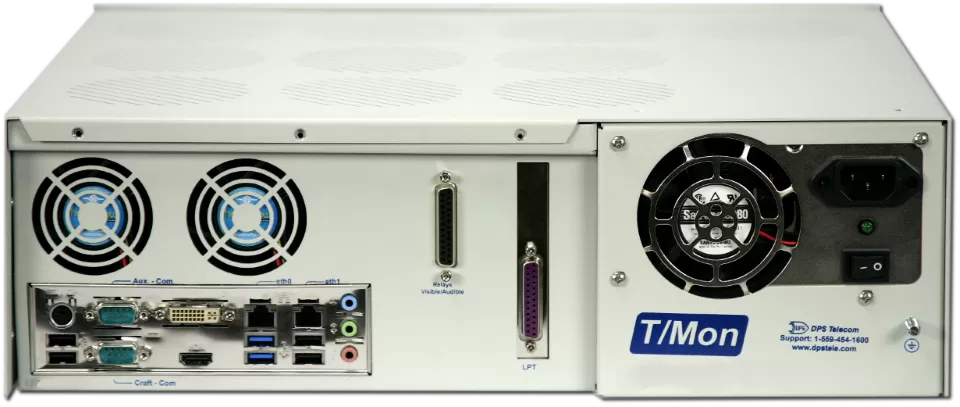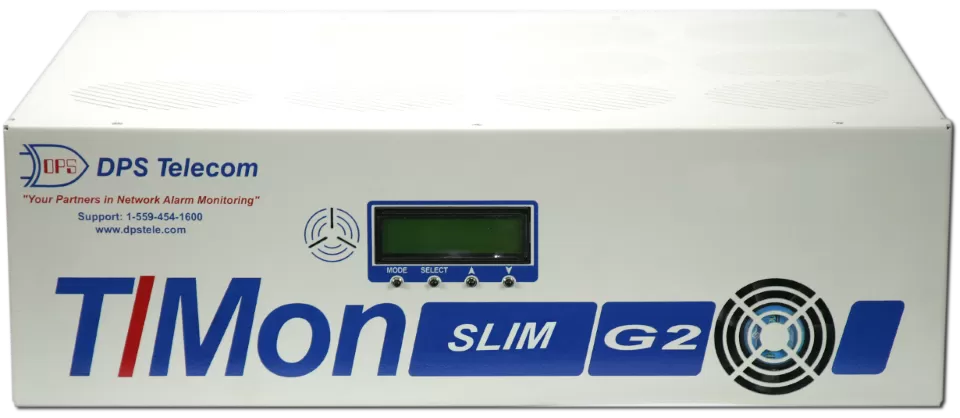Check out our White Paper Series!
A complete library of helpful advice and survival guides for every aspect of system monitoring and control.
1-800-693-0351
Have a specific question? Ask our team of expert engineers and get a specific answer!
Sign up for the next DPS Factory Training!

Whether you're new to our equipment or you've used it for years, DPS factory training is the best way to get more from your monitoring.
Reserve Your Seat Today



T/Mon SLIM G2 master station: Real-time visibility and powerful alarm processing, scaled to local/regional networks.
The T/Mon SLIM Remote Alarm Monitoring System puts control over your alarms directly into your hands. T/Mon SLIM is a new model of the T/Mon Remote Alarm Monitoring System, scaled to the needs of small, local, and regional networks.
Cost-effective and easy to install, T/Mon SLIM puts high-quality network alarm monitoring within the reach of any company and any maintenance department.
You can use T/Mon SLIM to:
T/Mon SLIM gives you the advanced alarm monitoring capabilities of a full-scale T/Mon, at a scale suitable for managing your local or regional network.
Automatically Control Remote Site Equipment
The T/Mon SLIM's derived control formulas automatically issue control commands in response to alarm inputs. This requires no human intervention. You're still notified. The event is logged. Your reaction time is simply removed to speed the corrective action. The T/Mon SLIM fully supports control relays, including relays connected to legacy RTUs.
Graph and Analyze Alarm History
The T/Mon SLIM records up to 999,999 system events. These can be viewed in a variety of report formats. Alarm information can also be exported as ASCII text. That text can be sent to an after-hours recording device. It can also be imported into a database or spreadsheet program for graphing and analysis.
Monitor Alarms from your NOC, Web Browser, E-Mail, or Pager
The T/Mon SLIM gives you multiple options for accessing alarm data. This includes automatic e-mail and phone alerts. Automatic escalation alerts inform supervisors if technicians don't acknowledge alarms. Nuisance alarm filtering silences unimportant alarms. Text messages give precise instructions for resolving alarms.